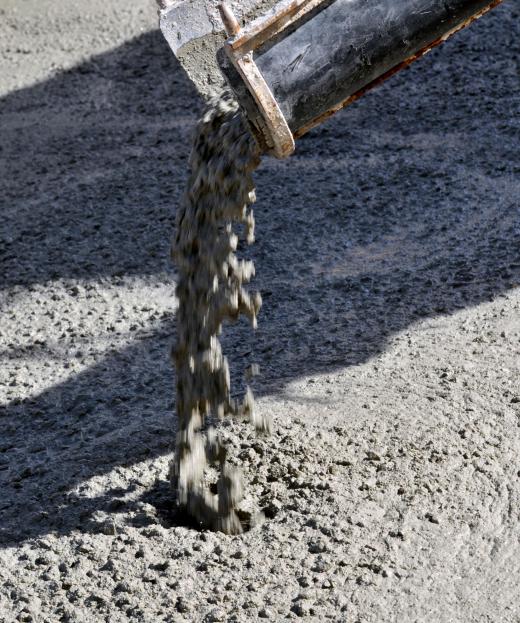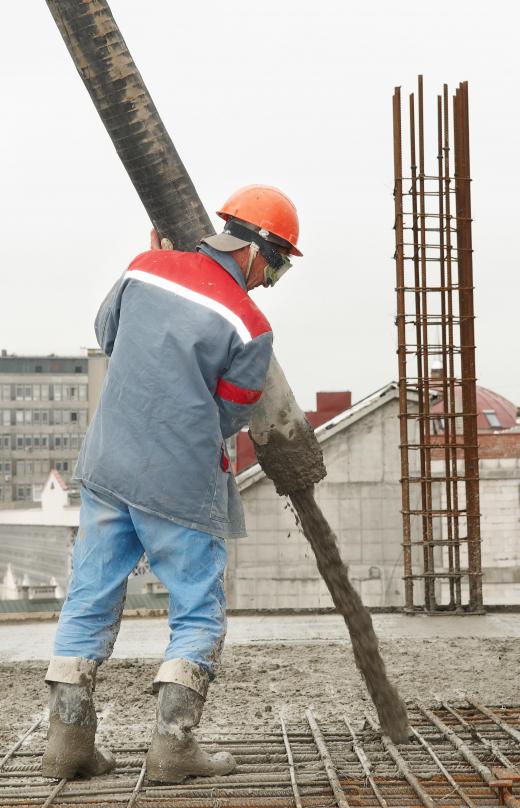Finished concrete is a hard, durable substance with a variety of uses. Before the concrete mixture dries and hardens, it can be formed into many shapes. Concrete molds are used to create the shape the finished concrete will have.
In large scale projects, molds are called forms. Forms are built from wood to define the shape of concrete slabs, walls, sidewalks, and so on. They are kept in place while laying concrete and removed when the concrete shapes have dried and cured.

Molds for small projects can be designed in two different ways. Some ornamental molds have design details in the bottom and sides of the mold. After the concrete has dried, the mold is removed and the details, in reverse, are revealed in the concrete shape. It is necessary to oil these molds before using them, so that the concrete won’t stick to the mold as it dries. Otherwise, the details are likely to be damaged when the concrete mold is removed.
Other concrete molds are plain on the bottom and sides. After the mold is filled and the surface is leveled, details are added to the surface of the wet concrete. Mosaic and carved concrete shapes are often created this way.

For smaller projects, concrete molds can be custom built in a particular shape. Melamine-coated particleboard is a good choice for building these molds to create many concrete shapes. Wet concrete doesn’t stick to this plastic surface, which makes it easy to remove the concrete mold from the dry concrete.
Readymade plastic molds can be purchased in a variety of forms. Many of them produce highly detailed pieces. All sorts of everyday objects can be used as concrete molds. A basket lined with plastic can be a mold for a concrete basket, for instance.
Crafters can build their own concrete molds with liquid urethane rubber or latex. The rubber is painted, poured, or sprayed onto a prepared surface and allowed to thicken. The rubber mold, which is a mirror image of the original object, is peeled off. It can then be filled with wet concrete to create an accurate copy of the original. Faux bois concrete shapes are usually made with this method.
Some projects require more than one mold. Concrete sinks, for example, are made with two concrete molds, one inside the other. The sink is created when wet concrete is poured into the space between the molds.
